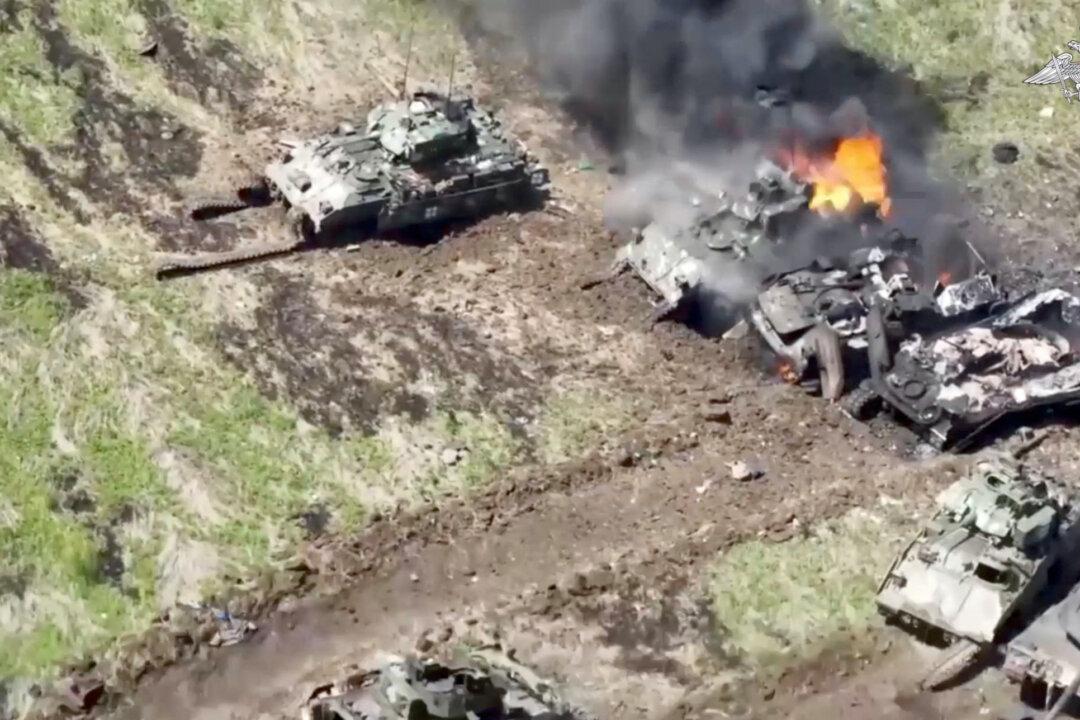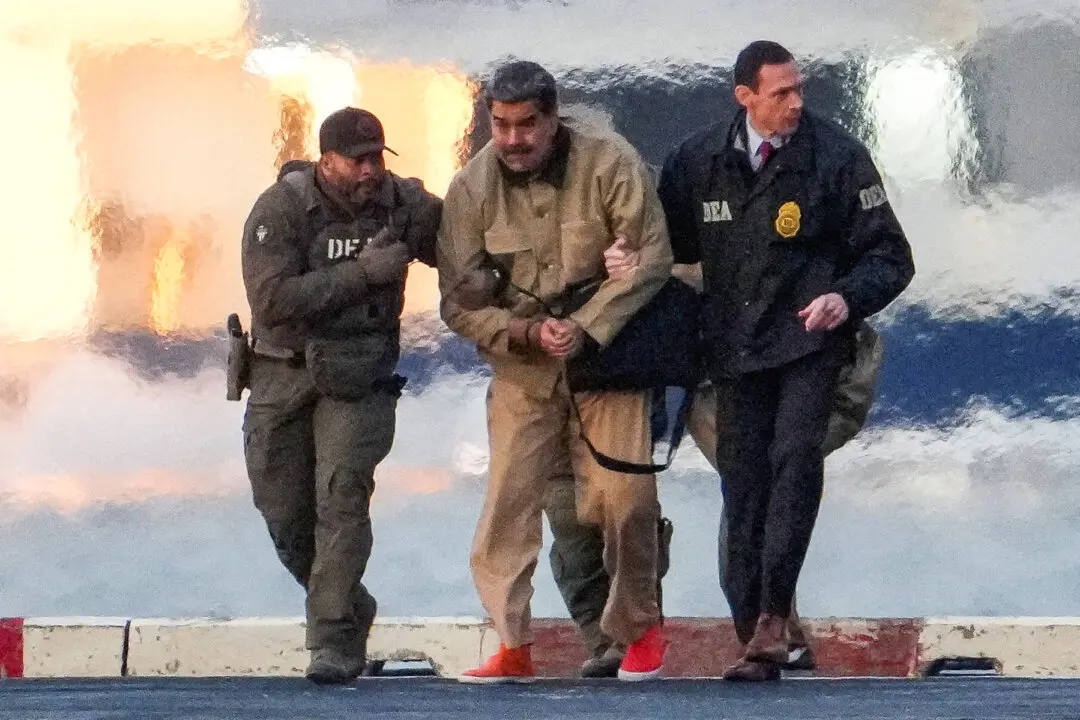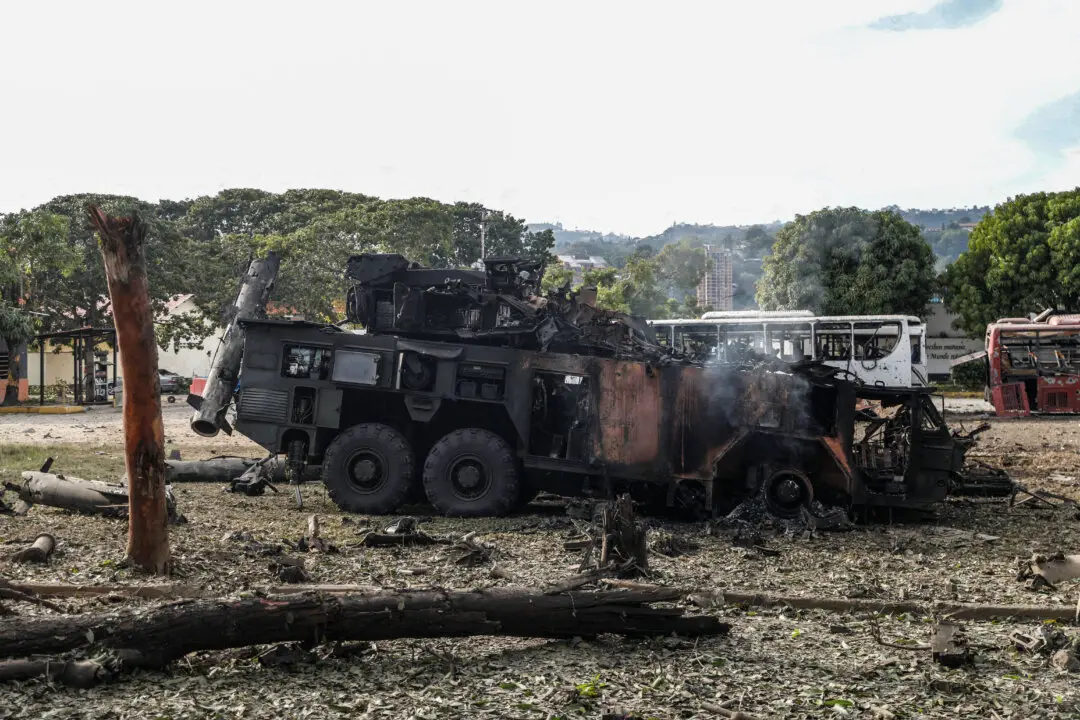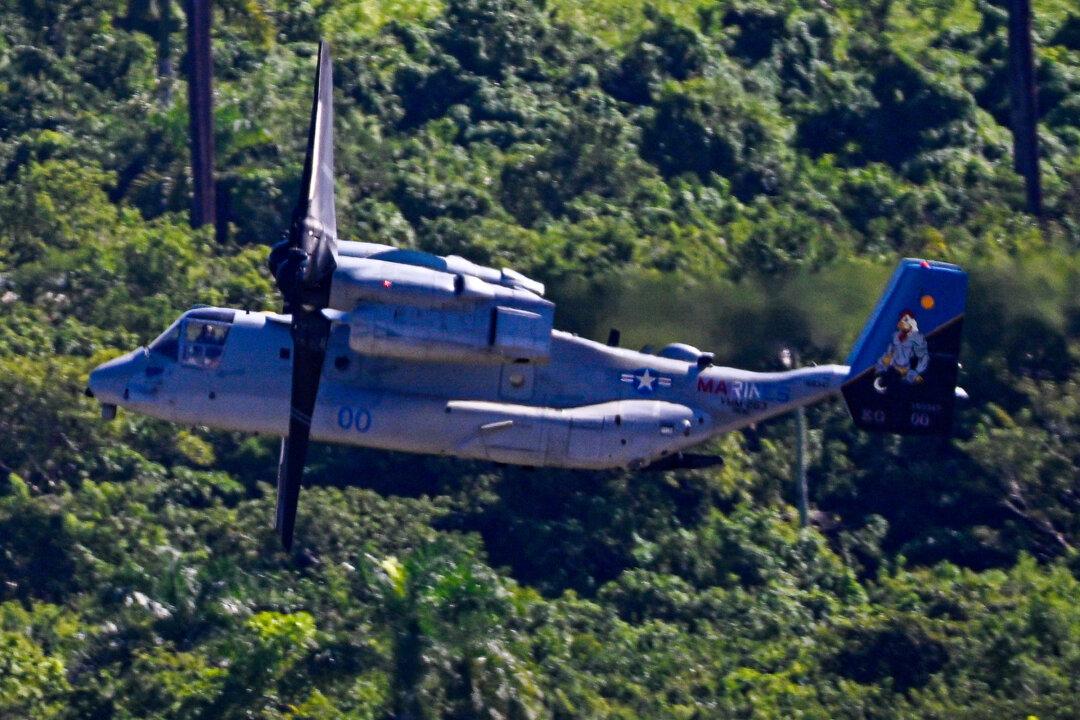Commentary
It’s no secret that Ukraine’s counteroffensive has failed to meet expectations. Consequently, Ukraine finds itself between a rock and a hard place—the “rock” being the utterly unrealistic expectations that Western leaders and media had for the counteroffensive and the “hard place” being an opponent that overmatches Ukraine in manpower, firepower, airpower, long-range strike capability, military industrial capacity, and electronic warfare. And an opponent that has implemented a brutally effective elastic defense, the “Russian Rope-a-Dope,” anchored by a huge network of layered defenses that a retired Australian general recently described as being “much more complex and deadly than anything experienced by any military in nearly 80 years.”





